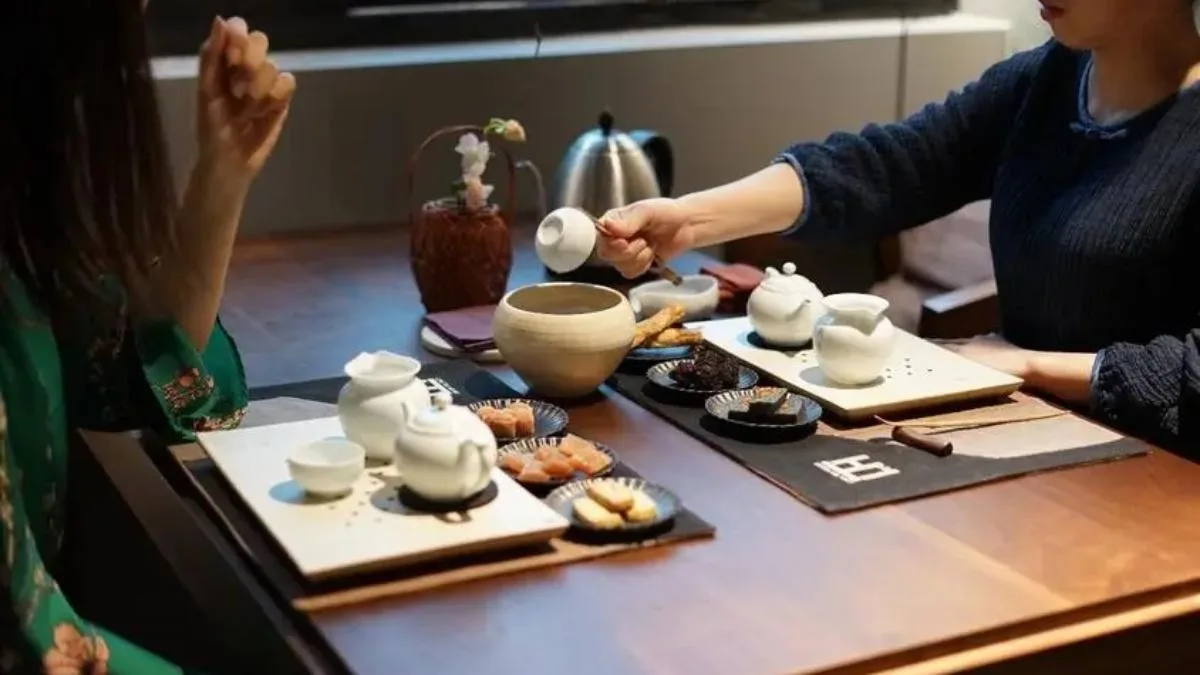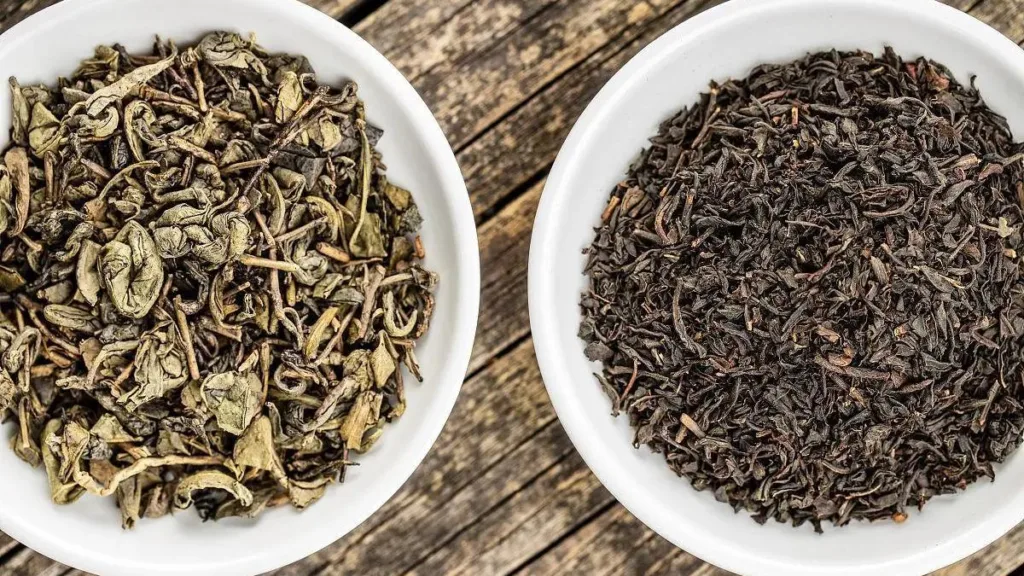Why does the tea in teahouses have a so much more enjoyable taste than the brew we attempt at home? Anyone who appreciates a good cup of tea has likely encountered the phenomenon of savoring a delightful tea in a teahouse, only to find that the same tea, when brewed at home, falls short in flavor. Are the tea leaves secretly swapped out, or is there more to the art of tea preparation than meets the eye?
To unravel this mystery, it’s essential to recognize that achieving the perfect cup of tea involves not only the quality of the tea leaves but also the finesse of the brewing process. While brewing tea may seem straightforward, there is a wealth of knowledge and technique to explore. Let’s delve into the nuances and expand our understanding of the secrets behind a well-brewed tea.
1. Quality of Water
Achieving a good cup of tea begins with the foundation of quality water. Using tap water can compromise the taste as it often contains minerals and residual gases. Hard water, common in tap water, can alter the color and damage the original flavor of the tea. For those with access, spring water from mountain sources, rich in beneficial trace elements and with a clean and transparent quality, can elevate the brewing process. For most people, using purified or mineral water, readily available at supermarkets, is a practical alternative.
2. Water Temperature
The debate over the ideal water temperature for brewing tea has persisted. Some argue that if tea cannot reveal its true flavor at 100°C, it’s not a good tea. Others contend that different types of tea require varying water temperatures. For instance, delicate green teas may turn bitter if exposed to excessively high temperatures. Personal taste preferences play a significant role, and experimenting with different water temperatures is crucial to finding the perfect brew for each type of tea.
3. Steeping Time
The duration of steeping significantly influences the strength and flavor of the tea. Steeping times typically range from 10 seconds to 3 minutes, with longer times resulting in stronger tea. Adjusting steeping times according to personal preference allows enthusiasts to tailor the brew to their liking. However, replicating the delightful taste of teahouse tea requires an understanding of the specific brewing methods for different types of tea.
– Green Tea
Brewing green tea at around 80°C allows the leaves to unfurl gradually, releasing a rich aroma. After 3 minutes, when the leaves have fully descended, the tea is ready to be enjoyed. The first brew should be poured leaving 1/3 of the tea for the second round, enhancing the flavor.
– Black Tea
For black tea, using boiling water at around 100°C is recommended. The initial steeping time can be kept short (around 5 seconds) for the first few rounds, gradually extending for subsequent infusions to bring out the full flavor.
– Floral Tea
Various floral teas require different brewing methods. Jasmine tea, for instance, benefits from water at 90–100°C for 3–5 minutes. Selecting high-quality floral teas, like selenium-enriched chrysanthemum tea, ensures a visually appealing and flavorful experience.
– Oolong Tea
Oolong tea, known for its robust character, is best brewed with water above 90°C. Swift initial infusions yield a strong flavor, while subsequent rounds can be extended to maintain a balanced taste.
In conclusion, mastering the art of brewing tea involves a meticulous consideration of water quality, temperature, and steeping time. The quest for the perfect cup of tea is a personal journey, and with an understanding of these factors, one can replicate the delightful taste experienced in teahouses. Whether it’s the refreshing notes of a fine green tea or the robust richness of an oolong, the key lies in experimenting and adapting these techniques to suit individual preferences. So, the next time you sip a delightful cup of tea in a teahouse, remember that the magic isn’t just in the leaves but also in the careful orchestration of the brewing process.



